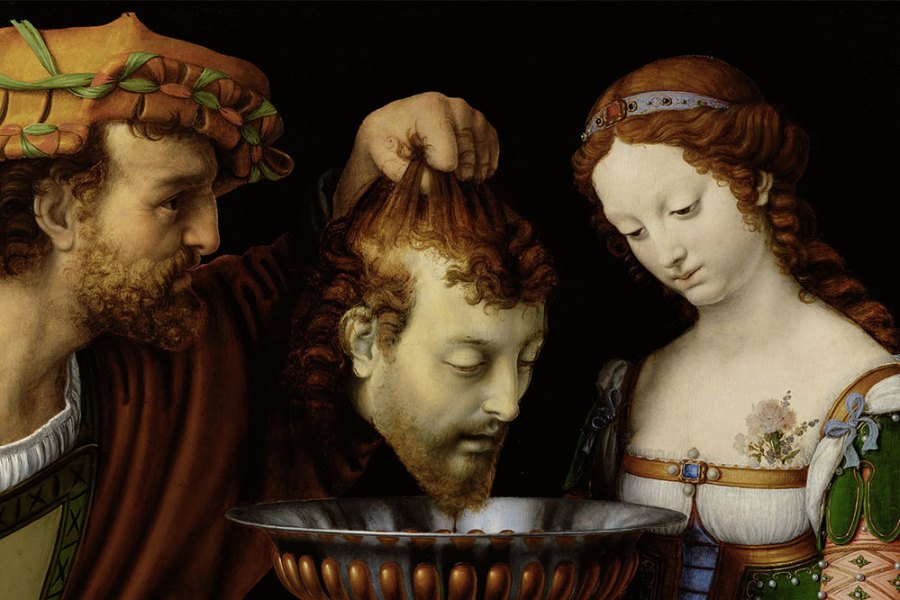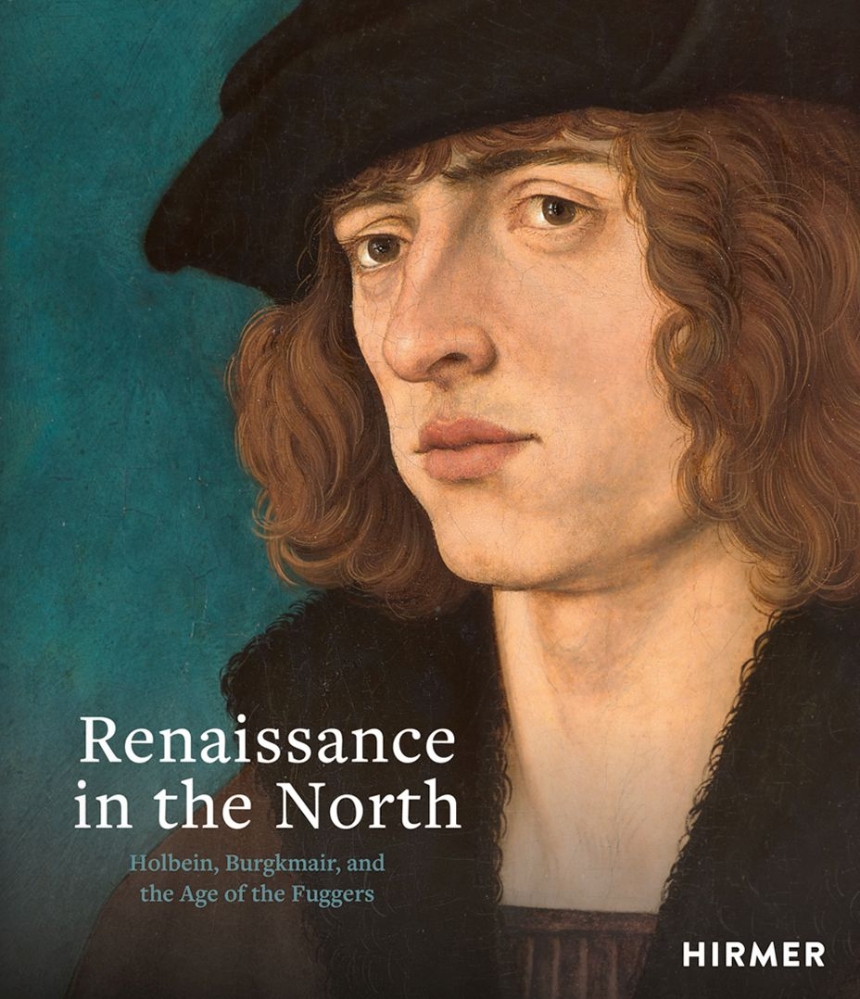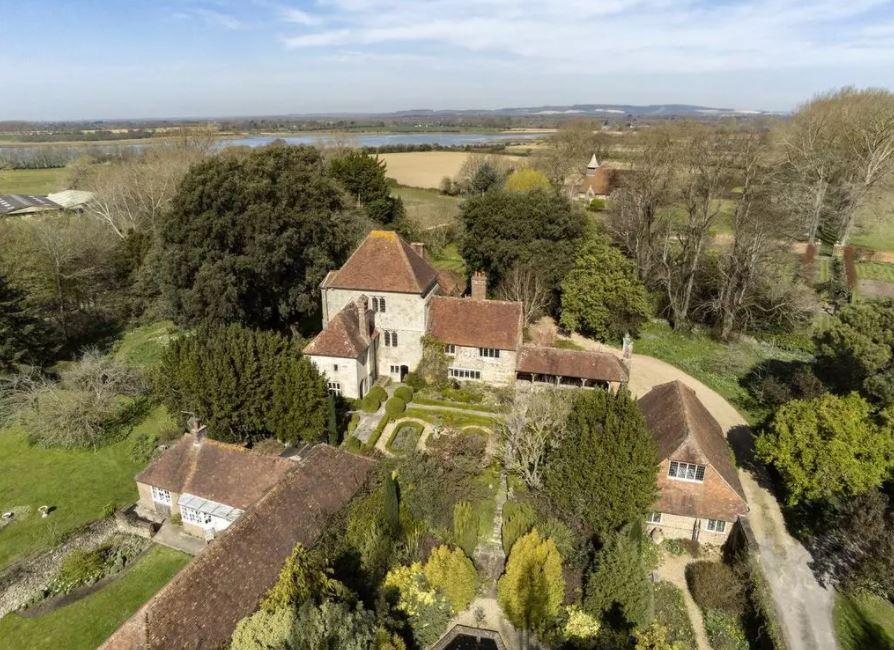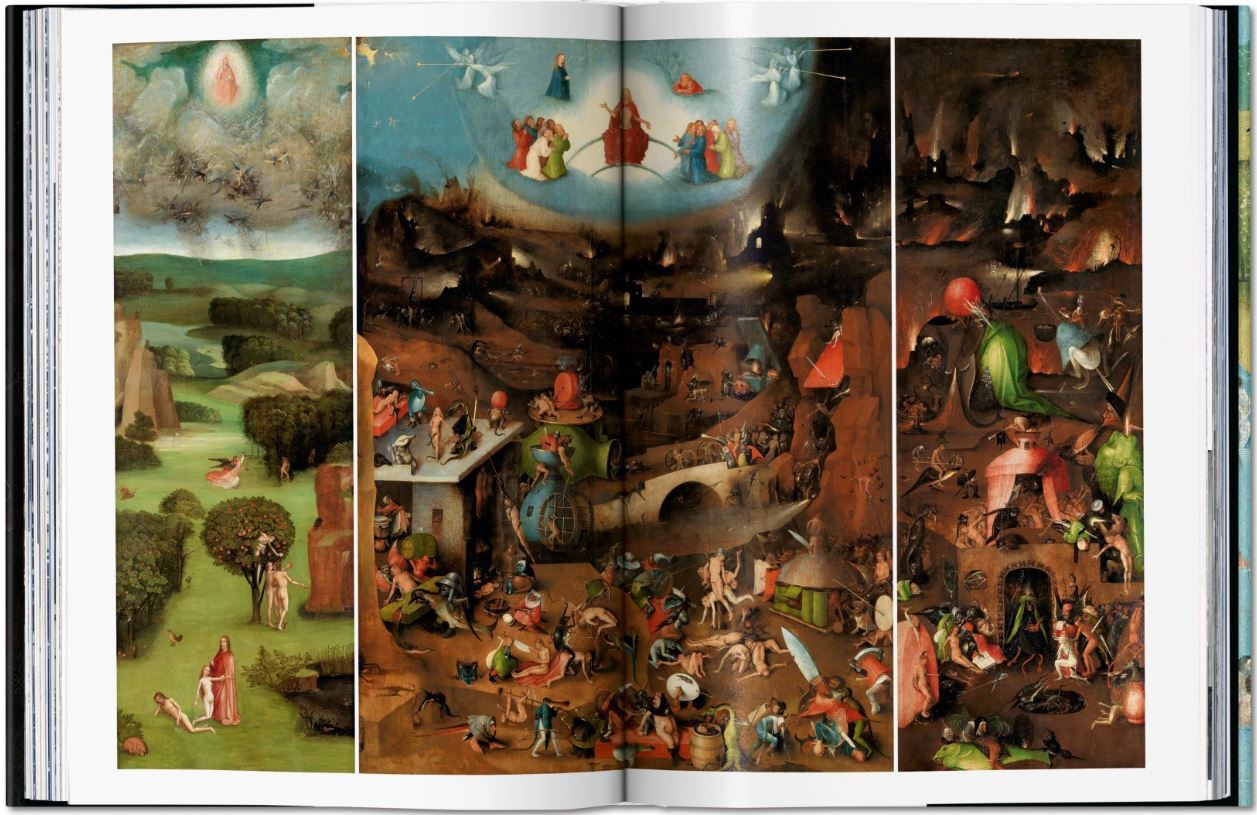
Apollo Magazine (October 27, 2023) – This exhibition at the Städel Museum in Frankfurt places work by Hans Holbein the Younger and the Elder, Albrecht Dürer and Hans Burgkmair in dialogue with that of their contemporaries working in the city of Augsburg and elsewhere in Germany, and in Italy and the Netherlands (2 November–18 February 2024).
Holbein and the Renaissance in the North
2 Nov 2023 – 18 Feb 2024
“The Städel Museum is prized far and wide for its major Old Masters exhibitions. After Rubens, Rembrandt and Reni, it now holds yet another exceptional show in store for the public. The Städel Museum is presenting the Renaissance in the North—a new and entirely unique style of painting that originated more than 500 years ago in the North of Europe at the threshold from the Middle Ages to the Early Modern period.“
Philipp Demandt, Director, Städel Museum

It brings together some 130 painting, drawings and prints by leading artists of the Northern Renaissance dating from the period of the 1480s through to the 1530s. These include two masterpieces by Holbein the Younger – the Solothurn Madonna (1522), on loan from the Kunstmuseum Solothurn, and The Madonna of Jacob Meyer zum Hasen (1526–28) from the Würth Collection.


















 A bird-monster devouring sinners, naked bodies in tantric contortions, a pair of ears brandishing a sharpened blade: with just 20 paintings and nine drawings to his name, Netherlandish visionary
A bird-monster devouring sinners, naked bodies in tantric contortions, a pair of ears brandishing a sharpened blade: with just 20 paintings and nine drawings to his name, Netherlandish visionary 
